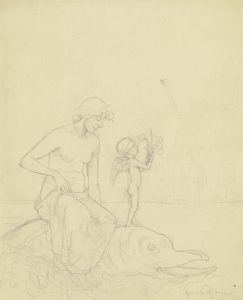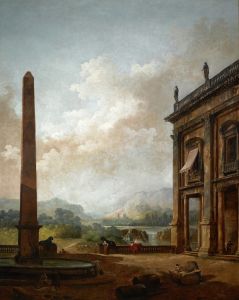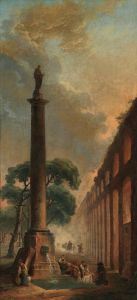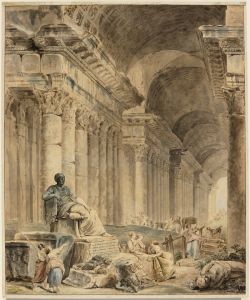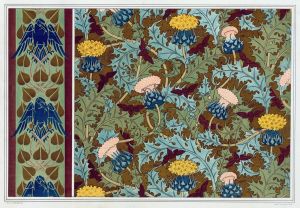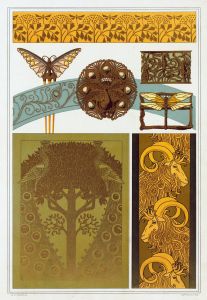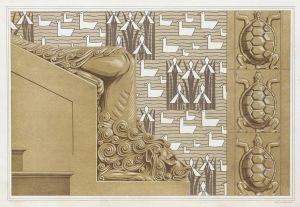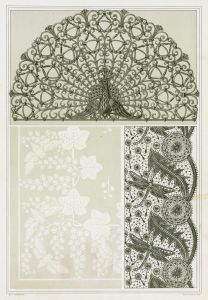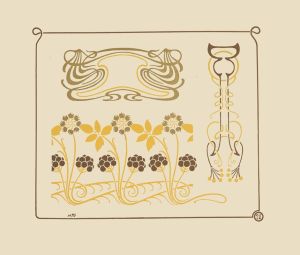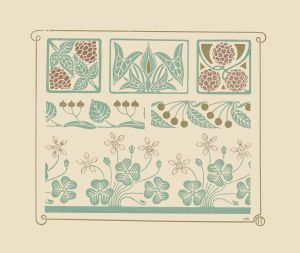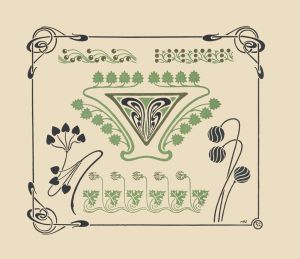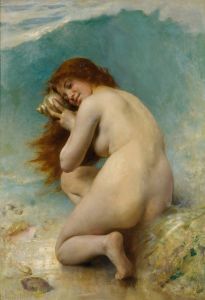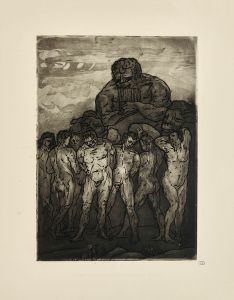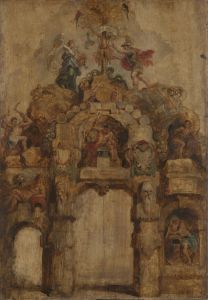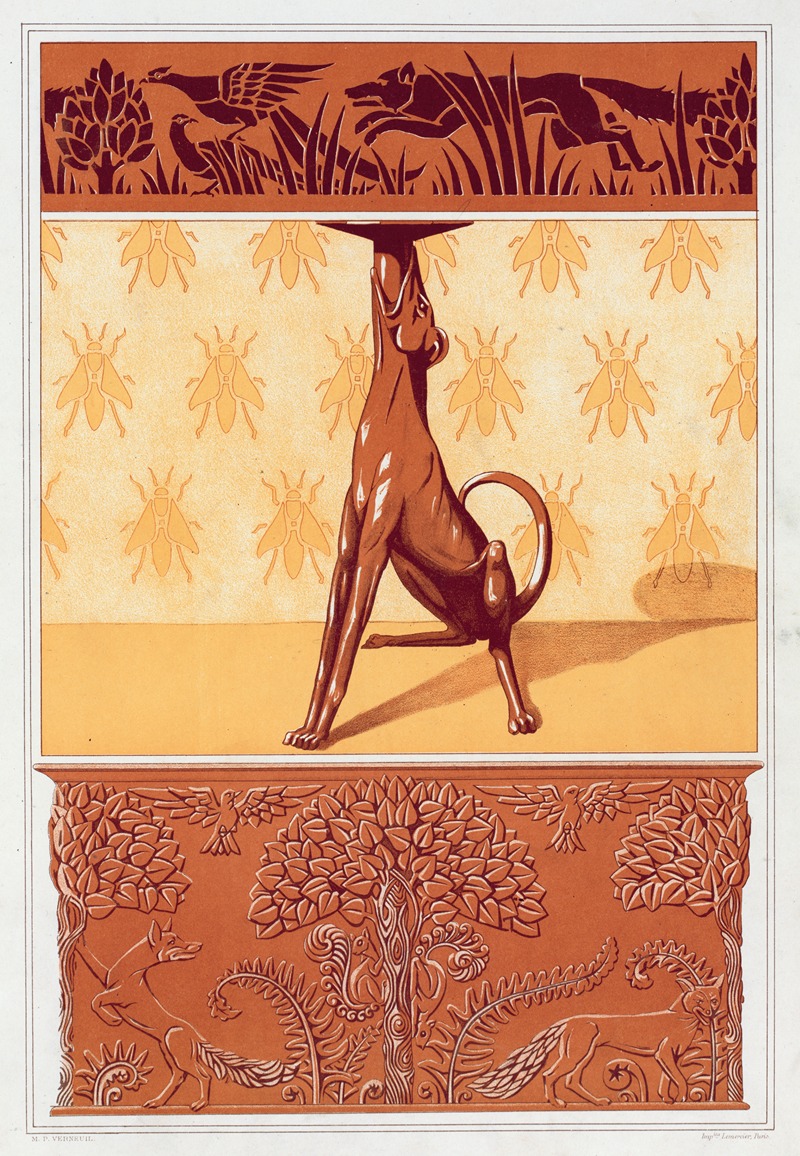
Faisans et renard, frise cuivre découpé. Chien, chandelier. Abeilles, semis. Renards, écureuils et oiseaux, jardiniere cuivre repoussé
A hand-painted replica of Maurice Pillard Verneuil’s masterpiece Faisans et renard, frise cuivre découpé. Chien, chandelier. Abeilles, semis. Renards, écureuils et oiseaux, jardiniere cuivre repoussé, meticulously crafted by professional artists to capture the true essence of the original. Each piece is created with museum-quality canvas and rare mineral pigments, carefully painted by experienced artists with delicate brushstrokes and rich, layered colors to perfectly recreate the texture of the original artwork. Unlike machine-printed reproductions, this hand-painted version brings the painting to life, infused with the artist’s emotions and skill in every stroke. Whether for personal collection or home decoration, it instantly elevates the artistic atmosphere of any space.
Maurice Pillard Verneuil (1869-1942) was a prominent French artist and designer known for his contributions to the Art Nouveau movement. His works often featured intricate patterns and natural motifs, reflecting the era's fascination with organic forms and the beauty of nature. One of his notable creations is "Faisans et renard, frise cuivre découpé. Chien, chandelier. Abeilles, semis. Renards, écureuils et oiseaux, jardiniere cuivre repoussé."
This piece exemplifies Verneuil's mastery in decorative arts and his ability to blend various elements into a cohesive and visually appealing composition. The title itself provides insight into the different components and themes present in the work. "Faisans et renard" translates to "Pheasants and fox," indicating the presence of these animals in a frieze made of cut copper. This suggests a detailed and possibly narrative scene where these creatures interact or coexist within a natural setting.
The mention of "Chien, chandelier" (Dog, chandelier) introduces another layer of complexity, combining a domestic animal with an object of illumination, which might symbolize the interplay between nature and human-made artifacts. The inclusion of "Abeilles, semis" (Bees, seedlings) further emphasizes Verneuil's focus on the natural world, highlighting the importance of bees in pollination and the growth of plants.
"Renards, écureuils et oiseaux" (Foxes, squirrels, and birds) in a "jardiniere cuivre repoussé" (repoussé copper jardiniere) suggests a decorative container or planter featuring these animals. The technique of repoussé involves hammering the copper from the reverse side to create a raised design, showcasing Verneuil's skill in metalwork and his attention to detail.
Verneuil's work often drew inspiration from Japanese art, which was highly influential during the Art Nouveau period. This influence can be seen in the stylized forms and the harmonious integration of different elements within the composition. His designs were not only aesthetically pleasing but also functional, as they were often applied to various decorative objects and architectural elements.
Throughout his career, Verneuil collaborated with other notable artists and designers, contributing to the spread and development of the Art Nouveau style. His works were exhibited in various international expositions, gaining recognition and acclaim for their innovative and artistic qualities.
In summary, "Faisans et renard, frise cuivre découpé. Chien, chandelier. Abeilles, semis. Renards, écureuils et oiseaux, jardiniere cuivre repoussé" by Maurice Pillard Verneuil is a testament to his talent and creativity. It encapsulates the essence of the Art Nouveau movement, with its emphasis on natural forms, intricate patterns, and the seamless blending of art and functionality. Verneuil's legacy continues to be celebrated for its contribution to the decorative arts and its enduring beauty.





